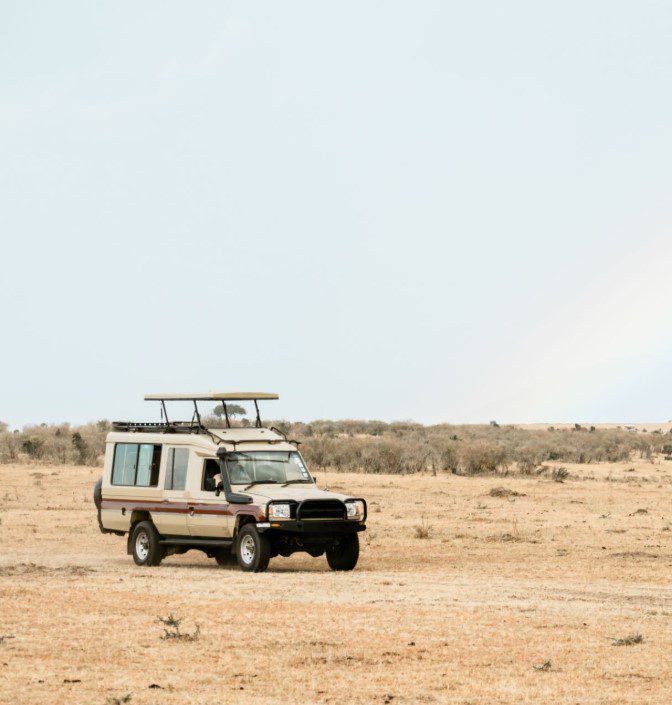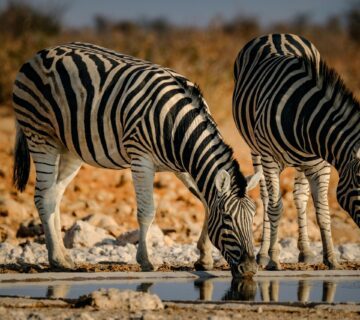Are Self-Drive Safaris Allowed in Kenya? An Inspirational Guide to Your Own African Adventure
There’s something profoundly liberating about taking the wheel, charting your own course, and venturing into the wild at your own pace. A self-drive safari in Kenya isn’t just a trip it’s a deeply personal journey that stirs the soul. It’s about rolling down your window as the sun rises over the savannah, the smell of acacia and wild grass in the air, and the distant call of a fish eagle echoing through the landscape. It’s about being the narrator of your own African story, not just a listener.
If you’ve ever dreamt of navigating through one of Africa’s most iconic landscapes on your own terms, the good news is: yes, self-drive safaris are allowed in Kenya and they can be one of the most rewarding and intimate ways to experience the country’s majestic wilderness. But before you rev that engine and set off, it’s essential to understand what to expect, how to prepare, and how to do it right.
Why Choose a Self-Drive Safari in Kenya?
Kenya is a land that awakens something ancient in all of us. Here, time slows down. The horizon stretches endlessly. Wildlife roams freely, and nature unfolds in its rawest, most beautiful form. A self-drive safari allows you to connect with this world without filters. There’s no guide steering your moment, no set timetable, and no distractions just you, your companions, and the African wild.
It’s ideal for travelers who seek flexibility, adventure, and a touch of solitude. Whether you’re a seasoned safari-goer or a curious first-timer with a sense of direction and a thirst for discovery, a self-drive safari could be your perfect match.
Where Can You Go on a Self-Drive Safari in Kenya?
While not every park is equally suited for self-drivers, Kenya has several excellent options where self-drive safaris are both permitted and highly recommended:
1. Nairobi National Park
Just a short drive from the capital, Nairobi National Park is a fantastic starting point. Imagine spotting lions and rhinos with the city skyline in the background a surreal introduction to the safari world.
2. Lake Nakuru National Park
Famous for its flamingos, rhinos, and lush landscapes, this park has well-marked roads and plenty of wildlife, making it perfect for beginners.
3. Amboseli National Park
With Mount Kilimanjaro as your backdrop and large herds of elephants roaming free, Amboseli offers breathtaking views and relatively easy driving conditions.
4. Tsavo East and Tsavo West
These sister parks offer vast landscapes, dramatic terrain, and a more rugged, off-the-beaten-track experience. Ideal for more confident self-drivers.
5. Laikipia Conservancies
Many of these allow self-driving within private conservancies, offering a more exclusive and conservation-driven experience.
Important note: The Masai Mara National Reserve technically allows self-driving, but due to its expansive and sometimes unmarked terrain, it’s recommended only for experienced safari-goers or with a guide. Navigation can be tricky here, and a guide often enhances the experience with their knowledge of wildlife movement.
What You Need to Know Before Hitting the Road
1. Permits and Entry
All national parks and reserves in Kenya require an entry fee. These can be paid at the gates or online via the eCitizen platform for Kenya Wildlife Service (KWS) parks. Always carry your ID or passport, driver’s license, and proof of payment.
2. Vehicle Requirements
A 4×4 vehicle is a must especially during the rainy season when dirt roads can become muddy and impassable. You can either rent a self-drive safari vehicle locally (many come with rooftop tents and gear) or bring your own if you’re road-tripping from another East African country.
Make sure your rental includes:
A spare tire and jack
Extra fuel and water
Maps or GPS
First aid kit
Recovery equipment (if going into remote areas)
3. Driving Rules and Etiquette
Kenya drives on the left. Speed limits in parks are typically 40 km/h (25 mph), but in reality, you’ll often go slower due to road conditions and wildlife viewing.
Stick to designated roads and tracks off-roading is illegal and damages the environment. Maintain a safe distance from animals, never feed them, and always keep windows up when near predators or baboons.
If you see other cars stopped, chances are there’s something worth viewing. Be courteous and take turns at sightings.
4. Navigation and Communication
Mobile signal can be patchy in the wild. Download offline maps or invest in a GPS unit. A local SIM card with data (e.g., Safaricom) can be helpful in many areas.
It’s also wise to inform someone either your accommodation or a trusted contact of your route and expected check-in times.
Best Time to Go on a Self-Drive Safari in Kenya
Kenya is a year-round destination, but the dry seasons (June–October and January–February) are generally the best times for wildlife viewing. Roads are more accessible, and animals gather around water sources, making them easier to spot.
However, the green season (November–December and March–May) brings lush scenery, fewer tourists, and lower rates—though roads can be tricky due to rain.
Where to Stay
Self-drive safaris offer flexibility not just in how you move, but in how you stay. Many parks and conservancies have a range of accommodation options from budget campsites to luxury lodges.
Public Campsites (run by KWS) are ideal for the adventurous and budget-conscious. You’ll need your own gear, but the experience of sleeping under a star-studded sky in the heart of the wild is priceless.
Lodges and Tented Camps provide more comfort and services, and many allow you to self-drive by day and return to guided comforts by night.
Private Campsites (in conservancies or community lands) are perfect for exclusivity and often come with extra amenities.
Pros and Cons of a Self-Drive Safari
Pros
Freedom and flexibility
Budget-friendly
Immersive and adventurous
Great for repeat travelers or those seeking solitude
Cons
Requires good planning and navigation skills
Can be physically tiring
Less wildlife knowledge compared to guided safaris
Limited support in remote areas
Is It Safe?
Self-drive safaris in Kenya are generally safe as long as you follow park rules, drive cautiously, and stay aware of your surroundings. Animals are wild never forget that. Treat every encounter with respect and distance.
If you’re traveling with children, make sure to keep them inside the vehicle at all times and avoid getting too close to elephants, buffaloes, or predators.
Final Inspiration: Why It’s Worth It
The first time you spot a lion lounging in the tall grass just meters from your car, your heart will race. When you stop for lunch beneath an acacia tree, the breeze whispering stories through its leaves, you’ll feel a connection that no guided tour could replicate.
A self-drive safari in Kenya is not for everyone it’s for the curious, the courageous, the careful dreamers. It’s for those who long not just to see Africa, but to feel it dust on the dashboard, maps in hand, adventure in every turn of the wheel.
So, if your spirit leans toward the road less traveled, if you find joy in discovery and confidence in preparation, then Kenya’s wild heart awaits you. Just you, the road, and the untamed beauty of Africa—together at last.





